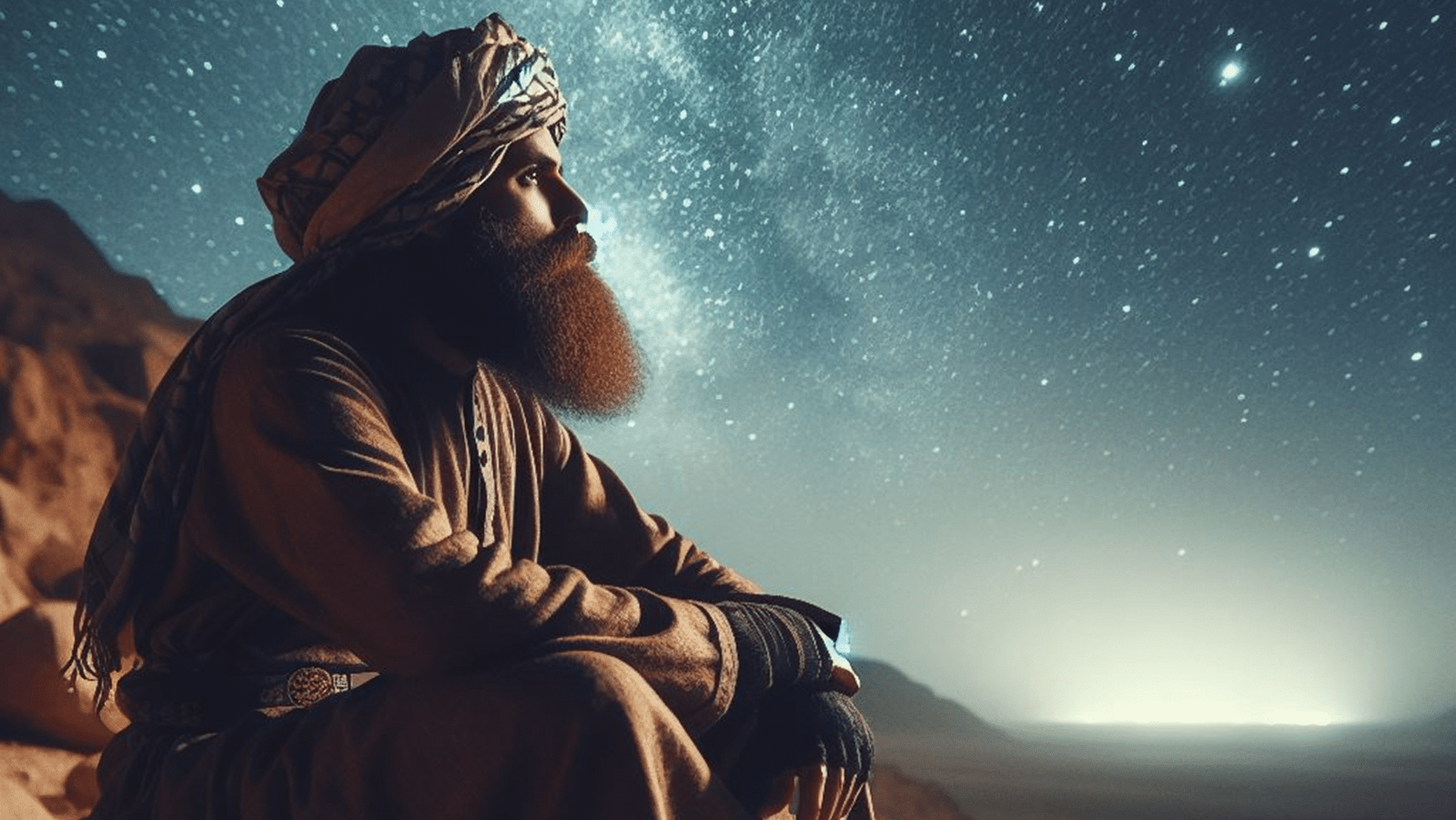Physical Address
304 North Cardinal St.
Dorchester Center, MA 02124

Who was the first person on Earth? It’s one of the most fundamental questions of our existence, and the answer depends heavily on who you ask. Is it a story written in our DNA and fossil records, or is it one chronicled in sacred texts?
This blog post explores our origins through two powerful lenses. First, we’ll journey back in time with science to uncover our earliest ancestors. Then, we’ll delve into the sacred traditions of Judaism, Christianity, and Islam to understand the story of the first man, Adam.
From a scientific standpoint, there was no single “first human” who suddenly appeared. Instead, humanity emerged through a slow, gradual process of evolution over millions of years. The story is not about one individual but about the emergence of a new species: Homo sapiens.
The “first humans” were not a single man or woman but a population of beings known as Anatomically Modern Humans, or Homo sapiens. Before us came a long line of hominin ancestors, such as Homo habilis and Homo erectus . We are the only surviving species of this diverse family tree.
What made these early Homo sapiens “human”? It was a combination of physical and cognitive traits. Physically, they had lighter builds than earlier hominins, with a high, rounded skull housing a large brain. Cognitively, they developed the capacity for complex language, abstract thought, art, and innovation. This “behavioral modernity” is what truly sets us apart.
The oldest known fossils of Homo sapiens were discovered at a site called Jebel Irhoud in Morocco, dating back approximately 300,000 years. This pushed back the timeline of our species’ origins significantly.
The overwhelming scientific consensus is that Homo sapiens first evolved in Africa. This “Out of Africa” theory is supported by vast fossil and genetic evidence, which shows that all modern non-African populations trace their ancestry back to a group that migrated out of the continent around 60,000 to 70,000 years ago.
Homo sapiens emerged through evolution. Over countless generations, our ancestors underwent genetic mutations. Those with traits better suited to their environment—such as larger brains for problem-solving, bipedalism for efficient travel, or social structures for cooperation—were more likely to survive, reproduce, and pass those advantageous traits on. It was a marathon of adaptation, not a sprint to creation.
The “why” in science is about cause and effect. Humans evolved these complex traits because they provided a significant survival advantage. Intelligence allowed for better tool-making and hunting strategies. Language enabled sophisticated cooperation and the transfer of knowledge. In essence, we became human because it was the most effective way to survive and thrive in a changing world.
In the religious traditions of Judaism, Christianity, and Islam, the story of the first human is a profound narrative of creation, purpose, and our relationship with God. Here, the first human is a single, named individual: Adam.
All three Abrahamic faiths identify Adam as the first man created by God. Soon after, God created the first woman, Eve (called Hawwa in Islam), as his companion. They are considered the parents of all humanity.
Adam was not the product of a gradual process. He was a special, direct creation of God. In Judaism and Christianity, he was made “in the image of God,” signifying a unique spiritual status above all other animals. In Islam, he is revered as the first prophet.
The timeline here is theological, not geological. The book of Genesis in the Torah (Judaism) and the Old Testament (Christianity) places Adam’s creation on the sixth day of God’s creation of the world. In the Qur’an (Islam), the specific timeframe is not detailed, but it is understood to be at the dawn of human existence.
Adam and Eve were initially placed in a paradise known as the Garden of Eden (Gan ‘Eden in Hebrew, Jannat in Arabic). This was a place of perfect harmony, where they lived in close communion with God without shame, pain, or death.
The method of creation is a cornerstone of faith.
Adam’s purpose was profound. He was created to be God’s representative or steward on Earth.
In Hinduism, there is no direct equivalent to a single “Adam” as the first man in a linear creation. Instead, Hindu cosmology operates on a cyclical concept of time, with the universe being created and destroyed in endless cycles called Kalpas. Within each cycle, the progenitor of humanity is a figure known as Manu. The current age’s progenitor is the seventh Manu, named Vaivasvata Manu. According to scriptures like the Matsya Purana, he was a righteous king who was warned by Lord Vishnu (in his fish avatar, Matsya) of a great deluge that would end the world. Following Vishnu’s instructions, Manu built a giant boat, carrying his family, the seven great sages (Saptarishis), and the seeds of all life to survive the flood. After the waters receded, he performed rituals and from them, his wife was created, and together they repopulated the Earth for the current epoch. Therefore, Manu is revered not as the very first man ever, but as the father of humanity for this specific age.
1. Who was the very first person on Earth?
2. Were Adam and Eve real people?
3. What is the difference between Homo sapiens and Neanderthals?
4. Where is the Garden of Eden located?
5. Can you believe in both science and religion regarding human origins?